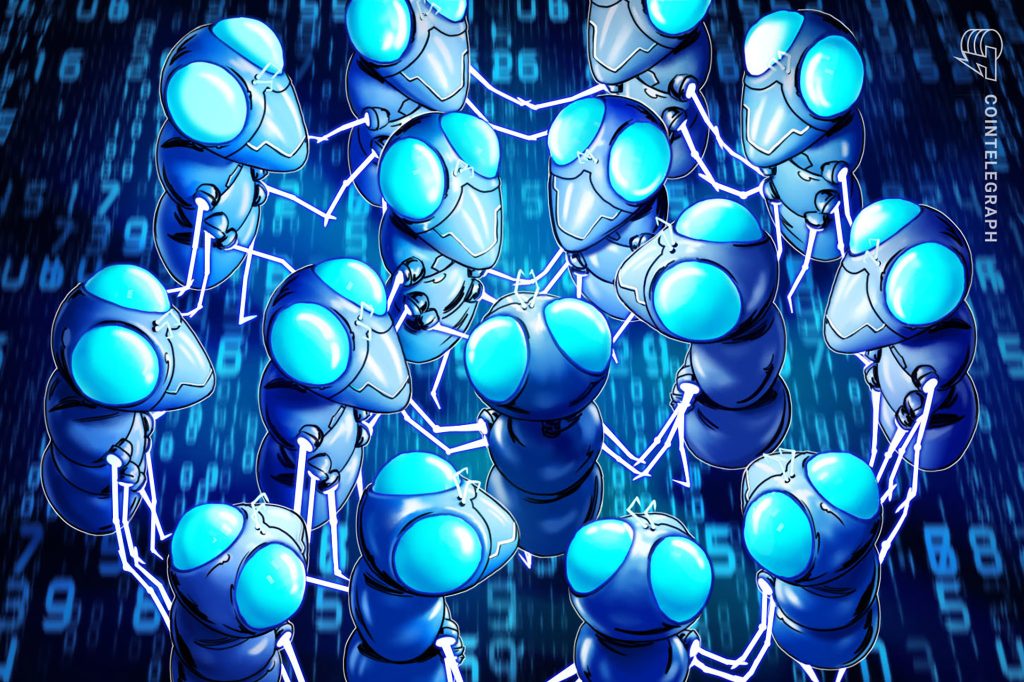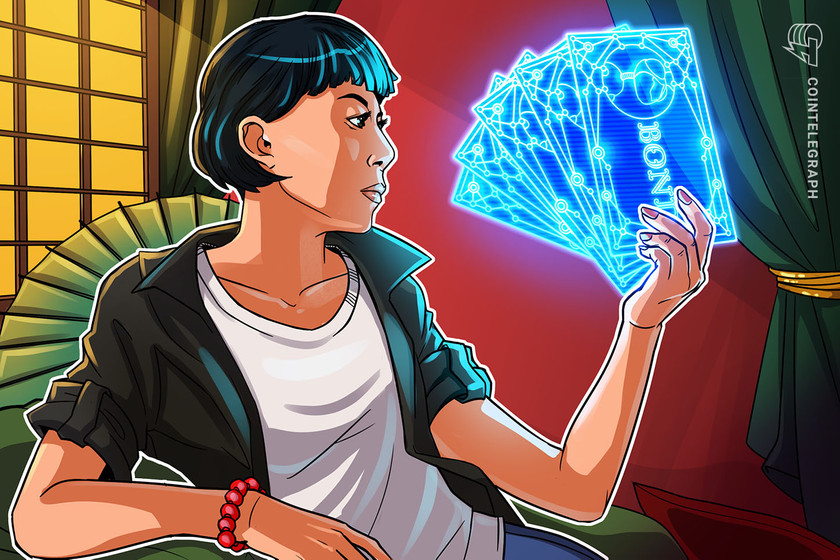OpenSea launches advanced NFT marketplace aggregator


The launch of OpenSea Pro is the result of OpenSea’s acquisition of NFT aggregator Gem in April 2022.
NFT marketplace OpenSea has unveiled OpenSea Pro, its new nonfungible token (NFT) marketplace aggregator aimed at serving the needs of professional users. OpenSea’s acquisition of NFT aggregator Gem in April 2022 enabled it to develop and refine Gem’s platform to create the new OpenSea Pro.
Allow us to reintroduce ourselves
Starting today, Gem V2, the best-in-class NFT aggregator, is now OpenSea Pro!
➡️⛵️
OpenSea Pro will still be run by the same Gem team you know & love, but with unified brands we are able to offer users MUCH more
Let’s dive in pic.twitter.com/pyt6QnjW7b
— OpenSea Pro (@openseapro) April 4, 2023
According to the announcement, OpenSea Pro seeks to offer a new level of optionality, selection, and control for professional collectors. The platform plans to offer a suite of improved features that allows collectors to discover the best deals and insights across 170 marketplaces and access sophisticated tools that meet their need for automation.
In addition, OpenSea Pro has introduced an “advanced orders” feature that allows users to “sweep across the deepest liquidity of any NFT marketplace aggregator,” giving users more control over their purchases. OpenSea Pro is also mobile-compatible and optimized for mobile devices, allowing users to browse, sweep and list from their phones.
The platform shared that users can list on OpenSea with 0% fees through OpenSea Pro for a promotional period, with no additional fees. To express gratitude to Gem’s early adopters, the Gem team is providing a special “thank you” in the form of a Gemesis NFT drop to coincide with the launch of OpenSea Pro. Eligible users who purchased an NFT on Gem before March 31 can claim a free Gemesis NFT until May 4,.
Related: Security team creates dashboard to detect potential NFT hacks in OpenSea
In 2022, OpenSea acquired Gem for an undisclosed amount to improve the experience of its more seasoned “pro” users. Gem enabled traders to purchase NFTs across various collections and multiple marketplaces in a single transaction, lowering gas fees.
1/ Exciting news!
To invest in the “pro” community and continue improving the OpenSea experience, we’re excited to share that we’ve acquired @gemxyz !
Read more in the official announcement blog, and below https://t.co/IBn38f2d3U
— OpenSea (@opensea) April 25, 2022
In February, OpenSea implemented a strategy to win back its NFT user base, which had been lost to rival NFT marketplace Blur. Blur had surpassed OpenSea in daily Ether (ETH) trading volume as users sought a trading platform that favored their NFT investments. To counter this, OpenSea implemented a 0% fee policy to attract users back to its platform.











